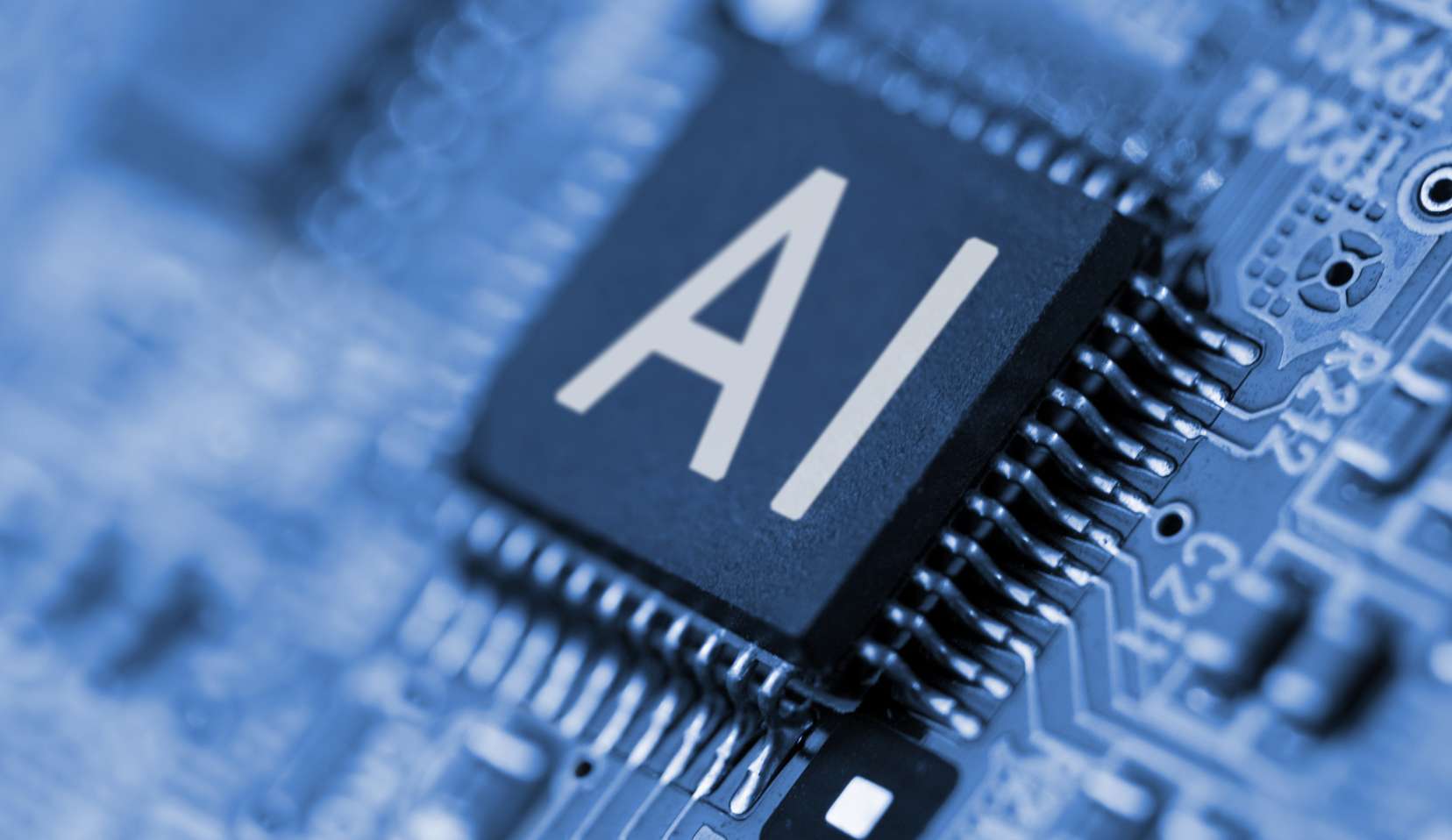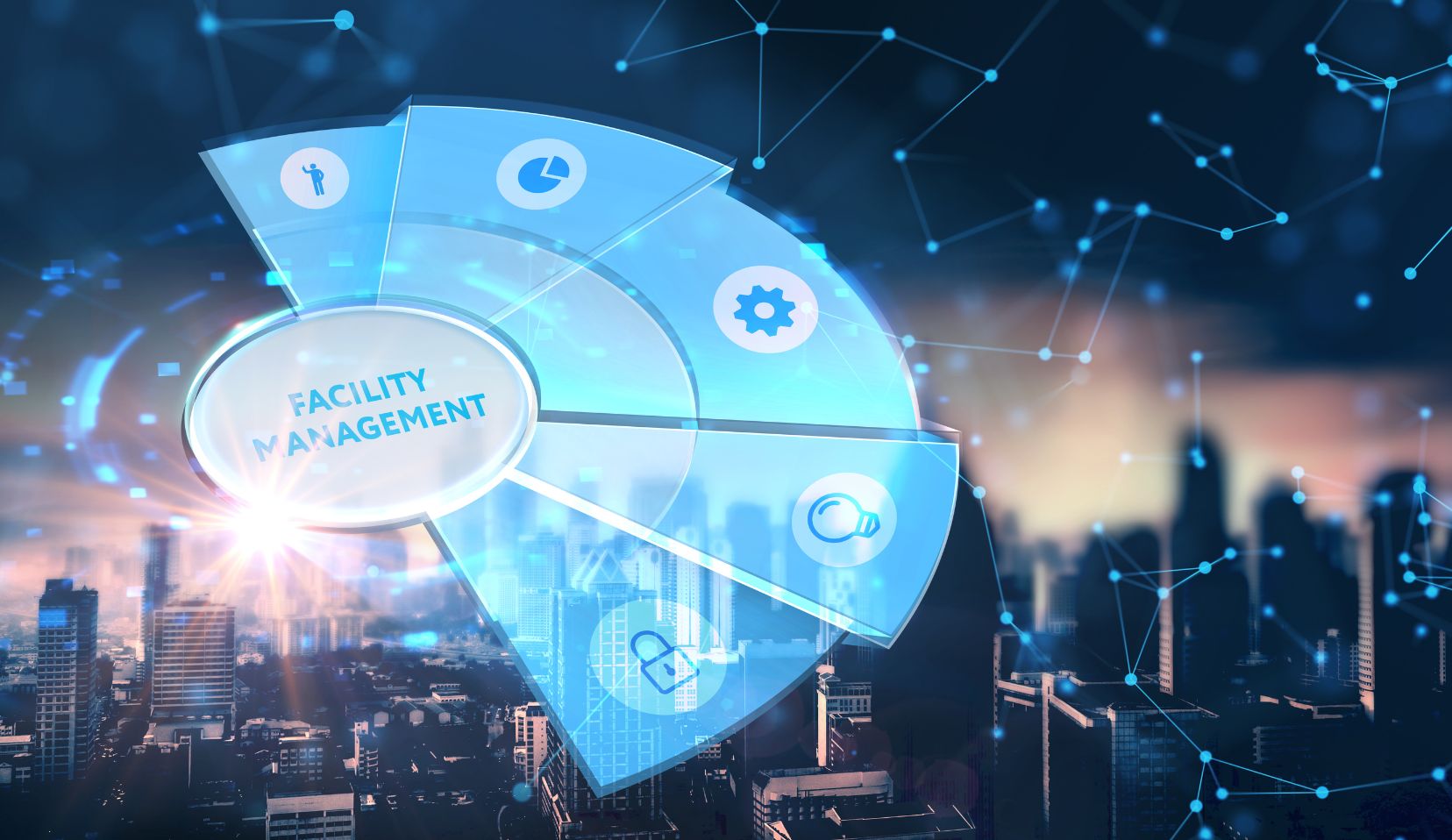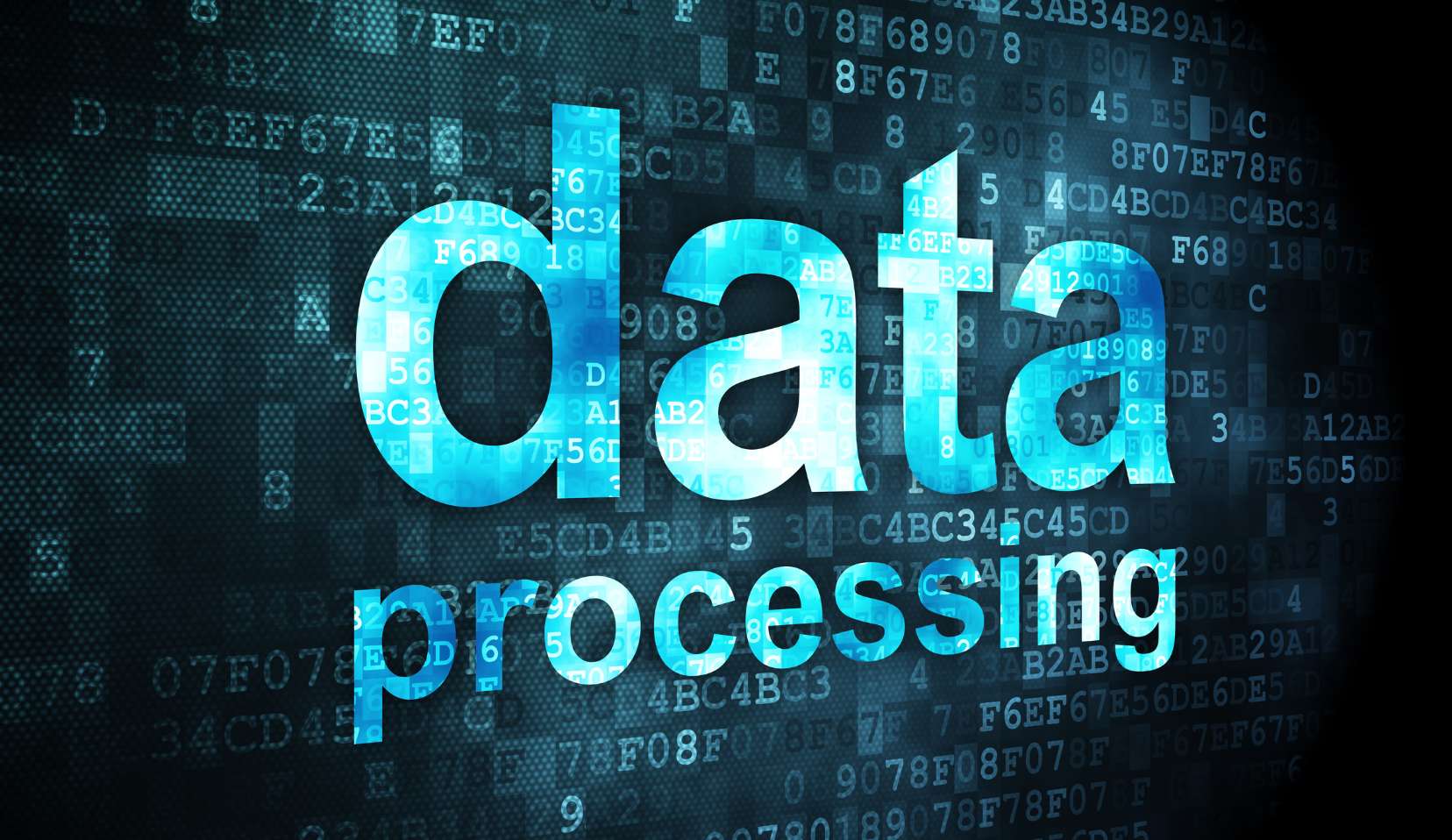The adoption of IoT technology is accelerating at a fast pace across various industries, driven by the need for greater efficiency, enhanced operational control, and sustainability. Among these industries, building automation stands out as a sector where IoT is making a significant impact. The IoT market in building automation was valued at $36.69 billion in 2022. The global commercial building automation market is expected to grow at a compound annual growth rate (CAGR) of 8.3%, reaching an estimated value of $67.5 billion by 2030. This substantial growth offers immense opportunities for IoT-based automation systems to penetrate and expand within this dynamic market. In this blog, we will explore the emerging trends in IoT-based automation, the driving forces behind its rapid adoption, and the future potential it holds for revolutionizing industries.
Table of Contents
Toggle

Focus on Sustainability and Energy Efficiency
Sustainability and energy efficiency are becoming crucial aspects of IoT-based automation. As companies strive to reduce their carbon footprints and comply with stricter environmental regulations, they are turning to IoT solutions to optimize energy usage. IoT sensors can monitor energy consumption in real time, identify wastage, and automate energy-saving. Smart HVAC systems can adjust heating and cooling based on occupancy patterns, while smart lighting systems can optimize usage based on natural light availability. These IoT-enabled solutions help in reducing energy consumption and contribute to significant cost savings.

Advanced Data Analytics/AI Integration
A significant trend in IoT-based automation is the integration of advanced data analytics and artificial intelligence (AI). IoT devices generate vast amounts of data, and leveraging AI and machine learning algorithms can provide deeper insights and predictive capabilities. For instance, AI can analyze sensor data to predict equipment failures before they occur, enabling predictive maintenance and reducing downtime. This integration enhances decision-making processes and helps in optimizing operational efficiency. Companies harnessing the power of AI-driven IoT solutions can stay ahead by proactively managing resources and improving overall productivity.
Edge Computing and Enhanced Data Processing
Edge computing is another emerging trend in the realm of IoT-based automation. With the increase in the number of IoT devices, the volume of data generated is growing exponentially. Traditionally, this data would be sent to centralized cloud servers for processing, which could result in latency and bandwidth issues. Edge computing addresses these challenges by processing data closer to the source—at the “edge” of the network. This approach reduces latency, improves response times, and enhances security by minimizing the amount of sensitive data transmitted to centralized servers. By adopting edge computing, companies can achieve faster decision-making, lower costs, and greater efficiency.

Enhanced Security and Data Privacy Measures
As IoT adoption expands, so does the need for enhanced security and data privacy. With a large number of connected devices transmitting data over networks, the risk of cyber threats and data breaches is a growing concern. There is a heightened focus on developing robust security protocols and standards to safeguard IoT ecosystems. Enhanced encryption methods, multi-factor authentication, and blockchain technology are some of the measures being employed to secure IoT data. As IoT devices become more pervasive, ensuring the security and privacy of data will remain a top priority for businesses and technology providers.

Adoption of IoT in Facility Management and Smart Buildings
The adoption of IoT in facility management and smart buildings is gaining momentum. IoT sensors and devices are being used to automate and optimize various aspects of facility management, from energy consumption to maintenance schedules. In smart buildings, IoT solutions enable real-time monitoring and control of HVAC systems, lighting, critical equipment like fire alarms, and more. This integration allows facility managers to proactively manage operations, enhance occupant comfort, and reduce operational costs. The shift toward smart buildings is transforming how facilities are managed, offering a more sustainable and efficient approach to building operations.
Key Stakeholders in IoT-Based Automation
Companies Adopting IoT-Based Automation
Companies across various industries are adopting IoT-based automation to enhance efficiency, reduce costs, and improve overall operational effectiveness. Sectors like manufacturing, retail, hospitality, and office buildings are leading the way in IoT adoption, leveraging the technology to streamline processes and optimize resource utilization. Hotels automate complex manual tasks like managing HVAC operations and tracking metrics like equipment run-time by deploying IoT-based controls, enabling predictive maintenance and minimizing downtime. In the retail sector, IoT technologies help optimize energy consumption and enhance customer experiences by ensuring optimal indoor air quality and maintaining ideal temperature and humidity levels during peak and non-peak hours. Companies with a strong focus on sustainability are utilizing IoT-based solutions to track and reduce energy consumption, lower carbon emissions, and achieve their environmental goals.
Service Providers and Technology Partners
Service providers and technology partners play a crucial role in the IoT ecosystem, offering the infrastructure, software, and expertise necessary for successful IoT deployments. These stakeholders range from large tech companies that provide cloud computing and data analytics platforms to specialized IoT vendors that offer custom hardware and software solutions. They are essential in developing, deploying, and managing IoT systems, ensuring they operate efficiently and securely. Technology partners, including system integrators and managed service providers, help businesses integrate IoT solutions into their existing workflows and IT environments, facilitating smooth transitions and minimizing disruptions.
These key stakeholders—companies adopting IoT-based automation and their service providers and technology partners—are critical to the continued growth and evolution of IoT technologies. Their collaboration fosters an environment where IoT solutions can thrive, unlocking new opportunities for efficiency, innovation, and sustainability.
Zenatix by Schneider Electric’s Role
Zenatix by Schneider Electric’s robust solution in IoT-powered automation for commercial buildings by providing intelligent energy management solutions that optimize energy use, enhance operational efficiency, and drive sustainability. Through its advanced IoT platform, Zenatix enables real-time monitoring and automated control of HVAC systems, lighting, and other critical infrastructure, helping building managers reduce energy costs and improve building performance. With features like predictive maintenance, automated reporting, and remote management, Zenatix empowers businesses to achieve their sustainability goals while minimizing operational complexities and costs.
Conclusion
As IoT-based automation continues to evolve, it presents vast opportunities for businesses to innovate and enhance their operations. By leveraging these trends, companies can achieve greater efficiency, sustainability, and cost-effectiveness. Zenatix by Schneider Electric stands at the forefront of this transformation, offering tailored IoT-powered solutions that address the challenges of commercial buildings. As industries increasingly prioritize smart, connected solutions, embracing IoT technology will be crucial for staying competitive and achieving long-term success.

